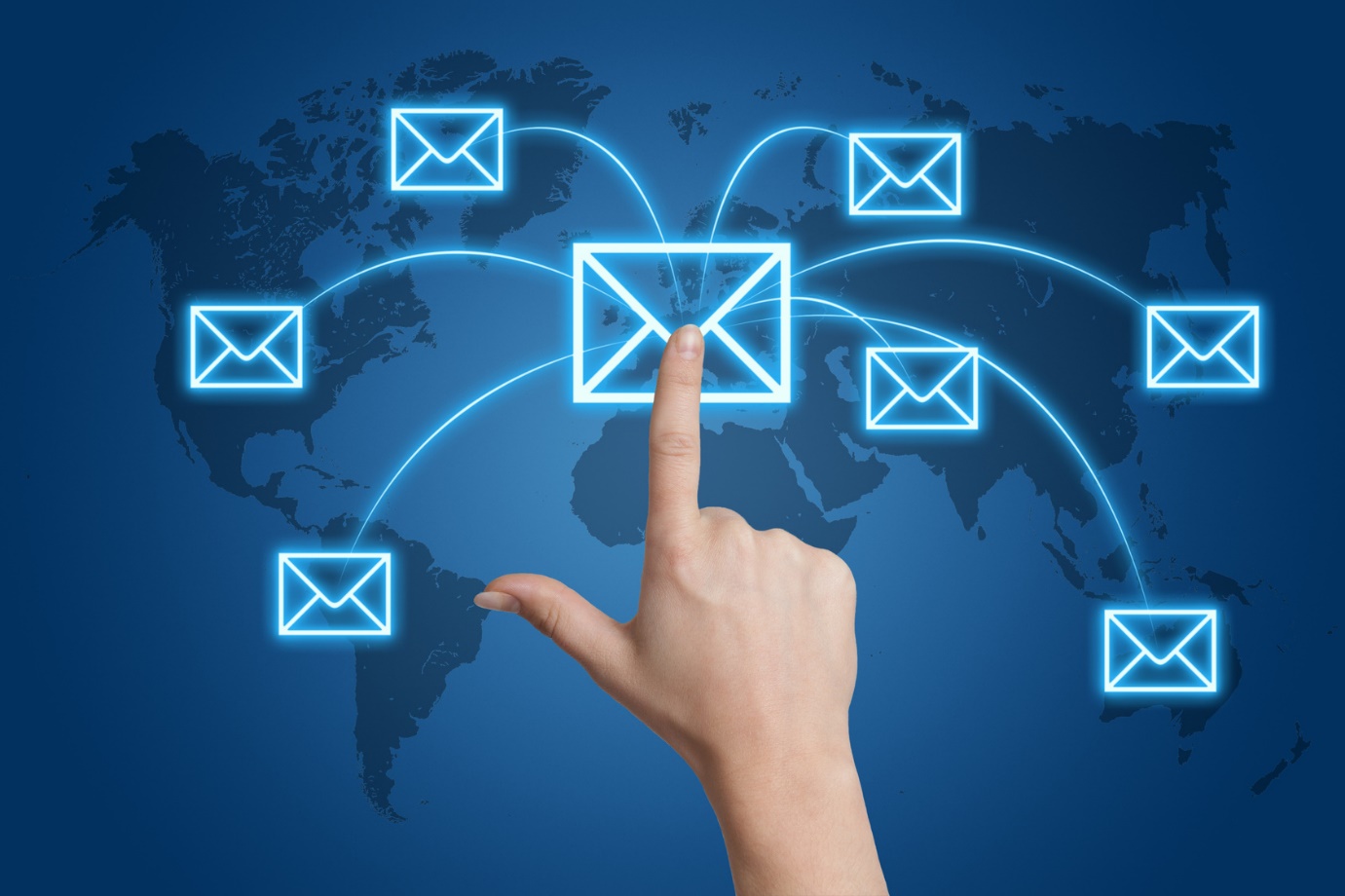In today’s marketing landscape, permission marketing provides a welcome shift from the old interruption marketing strategies. How often have you seen a TV ad that repeats the same message repeatedly? Usually, it just interrupts what you’re already focused on. This is known as interruption marketing. It has nearly become outdated because it’s not as effective at capturing people’s attention.
The term permission marketing was first introduced by Seth Godin, an entrepreneur. To grasp Seth’s idea, you need to think like an entrepreneur. Wouldn’t it be great if your potential customers opted to see your marketing message? They would do this because they are genuinely interested in what you provide. As a result, you would have a better chance of making sales. This is the essence of permission marketing. Here, you actually ask the customer for their “permission” to share your latest offers or discounts with them.
How Permission Marketing Differs from Interruption Marketing?
The major argument that supports interruption marketing is the fact that it often creates quick results in a wide market base. However, this pro can quickly turn into a con as it’s also annoying for potential customers. Of the thousands of ads that you see on TV and Internet pop-ups, how many do you actually remember? Many people just close the pop-ups or fast forward through the TV commercials without even taking notice of the brand being advertised.
For entrepreneurs, interruption marketing doesn’t always bring value in monetary terms either. In other words, the return on investment (ROI) is pretty low. Accenture recently reported that 82 percent of TV ads generate negative ROI. One reason for this is that most advertisements on mediums like television or radio are quite expensive. Also, these ad campaigns come with an expiry date and force you to create a fresh campaign that usually costs you thousands of bucks.
Now, let’s compare this to permission marketing. Firstly, the results are generally slower than interruption marketing, but you’ll benefit from building a sustained customer base. The tools that you’ll use to reach customers are inexpensive. You would be capitalizing on cheap marketing mediums, including social media, SEO, and online content. ROI will be much higher than with interruption marketing tactics.
Since the audience actually likes or follows your social media channels and reads your content, you’re only targeting a specific group that’s interested in your brand. You’ll be able to build a long-term relationship with your customers through trust and online personalization. Personalization is actually easy through online marketing because you can tailor your campaigns based on geographical location, gender, age, and other demographics.
Using Permission Marketing the Effective Way
Email marketing is the first thing that should come to mind. You might have heard of opt-in emails. This involves having potential customers express their consent to receiving emails related to your products and services. You can then send the latest news, events, discounts, or offers through these opt-in emails. Having a subscribe button conveniently on your website is best so that you avoid spamming inboxes haphazardly.
Using videos is another effective method. You’ve likely seen requests for subscriptions when watching YouTube videos. If people are interested in your promotional videos, give them the option to view your company’s latest information by subscribing to email updates. Social media is one of the best avenues for permission marketing. When a potential customer chooses to “like” or “follow” your page, they’re expressing consent to view your messages on their own social media profiles.
All these approaches turn out to be quite inexpensive. You’ll find that permission marketing opens a valuable pipeline for reaching your targeted audience continuously. Of course, you’ll need to rely on SEO and CRO as well so that these potential customers can “stumble” upon what you have to offer in the first place. To understand the efficacy of permission marketing, let’s look at a few success stories.
Permission Marketing at Its Best
Our first case study is the Dollar Shave Club, an online store that began by selling razors for monthly fees of $1, $6 and $9. The price was dependent on the type of razors chosen by the subscribers. Once the customers subscribed to these razors, they were presented with a shaving cream for an additional $8. Take note that people who didn’t subscribe to the razors weren’t eligible for the $8 shaving cream. Dollar Shaving Club did not stop there. What they did next was a master stroke of genius.
They introduced the One Wipe Charlies, which were actually butt wipes for men! But, this was no laughing matter as the online store today makes over $400,000 per month just through these wipes. Of course, people still have to subscribe to the razors to be able to buy the wipes. In other words, they’re giving an expressed consent by subscribing for any of the three blades. The company plans to launch several other men’s products over time and we can tell that these launches will be a success too.
So, what has the Dollar Shave Club done here? They have created an exclusive supply channel for men’s shaving products. Why would the subscribers look for shaving products anywhere else when they’re having it delivered to their doorsteps? The company has also gained the confidence of subscribers by providing excellent products and induced customer loyalty through permission marketing.
Re-Permission is Sometimes Necessary
At times, businesses are caught in a situation where they have enough subscribers to their email campaigns, but aren’t seeing enough conversions. This often occurs when a part of the subscribers either have obsolete email accounts or have just lost interest in what the business is offering. That’s when it becomes vital that companies generate new interest and eliminate these obsolete email addresses. Limoges Jewelry was able to achieve this spectacularly through its re-permission marketing campaign.
The online store Limoges Jewelry sells inexpensive jewelry with prices under $100. It had a large subscription rate, but purchases had fallen steeply. They came to the conclusion that most of the email subscribers were either uninterested or using different primary email addresses. To counter this problem, they came up with a re-permission campaign through three-part emails.
They initially started by offering a 20 percent discount to all customers in the first email. The ones who responded by using the discount were obviously interested, so their email IDs were noted. No further emails were sent to them. A second email was then shot three days later. Here they targeted those customers who weren’t interested in buying, but were interested in interaction. Limoges Jewelry asked the subscribers to rate between two of their popular products. The ones who responded were noted and keep from further emails.
Finally, the last email was a straightforward one where the company politely asked the customers whether they were still interested in the subscription. The online store declared that they didn’t wish to inconvenience them by sending more messages. The ones who wished to remain subscribed had to click on a link to maintain their subscription. Limoges Jewelry utilized re-permission marketing at its best and was left with only subscribers that mattered. As a result, the email volume was reduced by 52 percent while the conversions increased by 24 percent.
How Can Permission Marketing Work with Other Marketing tactics?
We’ve already established that permission marketing brings companies closer to the customers who might actually be interested in what they’re selling. Using this kind of marketing will give you a better shot at sales conversions. Yet, the big question is how do you become apparent to customers?
Visibility to the Right Audience

Engaging with Prospective Customers
Once potential customers are on your website, they need to be engaged with in a meaningful manner. This is where content plays its part. What your potential customers read must be informative as well as interesting and relevant content. Your site’s content should urge customers to subscribe to your service offerings through email. You can advise on incentivizing this action by offering customers free eBooks, discounts, etc.
Building Trust and Authority
This is perhaps the most essential step. When sending your marketing communications, urge customers to make a purchase and press for an ongoing relationship. It’s vital that you build trust by offering quality products/services, high social connections and prompt support. However, you can only get there when you have customer-friendly website features with high user experience.
The Future of Marketing
Unauthorized data collection is looked down upon today. Websites like Facebook come down heavily upon businesses using such actions. There are even public interest organizations that work actively against the collection of personal data without consent of the individual. With all of these new curbs being put in place, the only way to grow your business, especially with a smaller budget, is through direct marketing. Then, you can rest assured that potential customers are giving consent for sharing personal information.
The future of marketing lies in showing customers that you care. Personalization is the best way to achieve this. According to the father of permission marketing, Seth Godin, the important thing is to actually care about your customers and hire caring employees to communicate with them. He also warns against using it as a legal loophole to spam people. Overall, permission marketing with your current marketing strategies can be game-changing tactic for your business.




